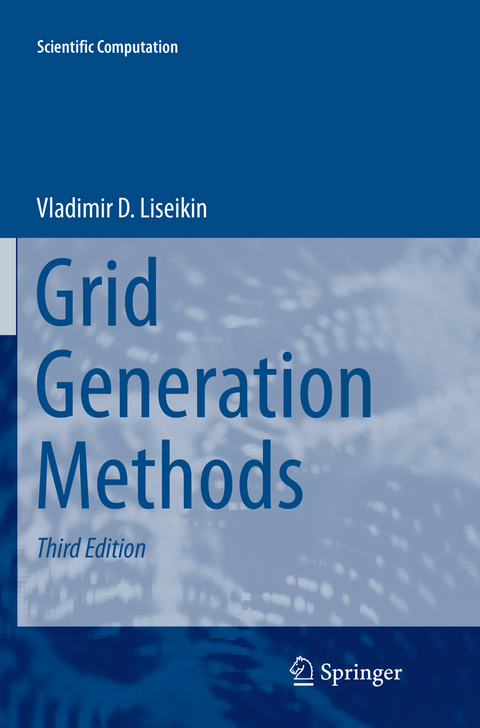
Grid Generation Methods
Springer International Publishing (Verlag)
978-3-319-86265-1 (ISBN)
This new edition provides a description of current developments relating to grid methods, grid codes, and their applications to actual problems. Grid generation methods are indispensable for the numerical solution of differential equations. Adaptive grid-mapping techniques, in particular, are the main focus and represent a promising tool to deal with systems with singularities. This 3rd edition includes three new chapters on numerical implementations (10), control of grid properties (11), and applications to mechanical, fluid, and plasma related problems (13). Also the other chapters have been updated including new topics, such as curvatures of discrete surfaces (3). Concise descriptions of hybrid mesh generation, drag and sweeping methods, parallel algorithms for mesh generation have been included too.This new edition addresses a broad range of readers: students, researchers, and practitioners in applied mathematics, mechanics, engineering, physics and other areas of applications.
General Considerations.- Coordinate Transformations.- Grid Quality Measures.- Stretching Method.- Algebraic Grid Generation.- Grid Generation Through Differential Systems.- Variational Methods.- Curve and Surface Grid Methods.- Comprehensive Method.- Numerical Implementations of Comprehensive Grid Generators.- Control of Grid Properties.- Unstructured Methods.- Applications of Adaptive Grids to Solution of Problems.- References.- Index.
"Each chapter provides a thorough description of the background of the method under consideration, explains its properties, and makes clear for which type of problem it is suitable. Plenty of carefully designed instructive figures provide examples illustrating the methods' features. ... It is also likely to form an excellent foundation for designing a semester's set of lectures for a course addressing graduate students." (Kai Diethelm, Computing Reviews, April, 2018)
“Each chapter provides a thorough description of the background of the method under consideration, explains its properties, and makes clear for which type of problem it is suitable. Plenty of carefully designed instructive figures provide examples illustrating the methods’ features. … It is also likely to form an excellent foundation for designing a semester’s set of lectures for a course addressing graduate students.” (Kai Diethelm, Computing Reviews, April, 2018)
| Erscheint lt. Verlag | 12.5.2018 |
|---|---|
| Reihe/Serie | Scientific Computation |
| Zusatzinfo | XX, 530 p. 151 illus., 14 illus. in color. |
| Verlagsort | Cham |
| Sprache | englisch |
| Maße | 155 x 235 mm |
| Gewicht | 9253 g |
| Themenwelt | Naturwissenschaften ► Physik / Astronomie ► Allgemeines / Lexika |
| Naturwissenschaften ► Physik / Astronomie ► Theoretische Physik | |
| Schlagworte | adaptive grid • algebraic grid generation • beltrami equation • Christoffel Symbols • Delaunay triangulation • dirichlet tessellation • drag meshing • Finite Element Method • grid clustering • hybrid grids • Immersed Boundary Method • inverse matrix method • inverted Beltrami • Mesh Adaptation • Mesh Generation • Octree decomposition • spectral element algorithm • stretched grid method • structured grids • unstructured grids |
| ISBN-10 | 3-319-86265-0 / 3319862650 |
| ISBN-13 | 978-3-319-86265-1 / 9783319862651 |
| Zustand | Neuware |
| Informationen gemäß Produktsicherheitsverordnung (GPSR) | |
| Haben Sie eine Frage zum Produkt? |
aus dem Bereich


